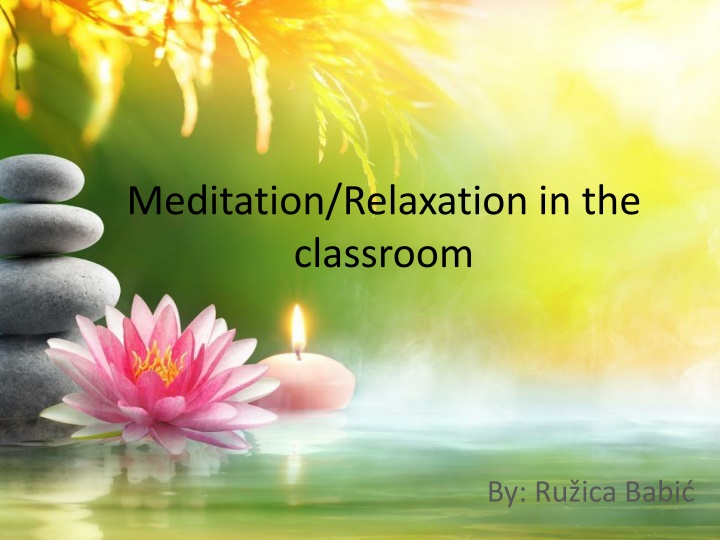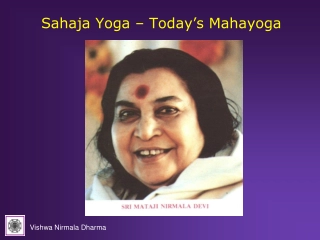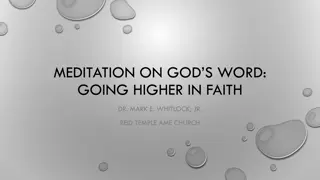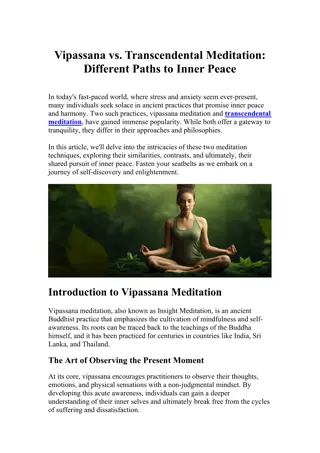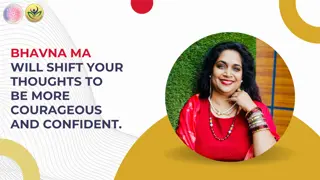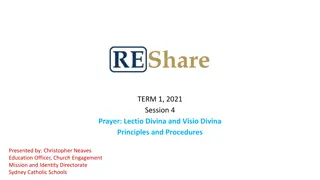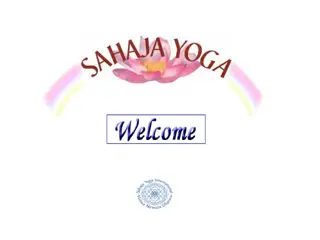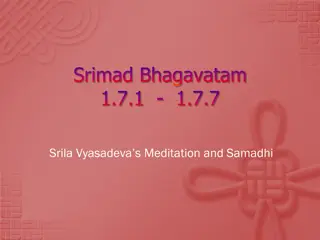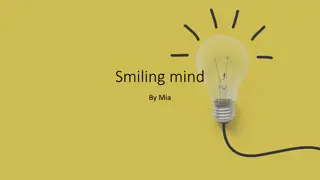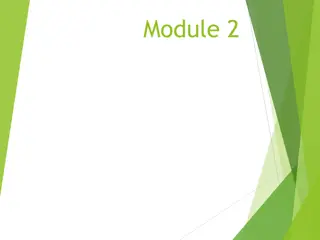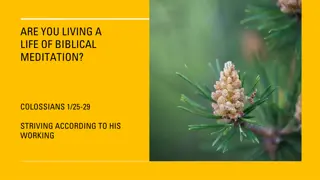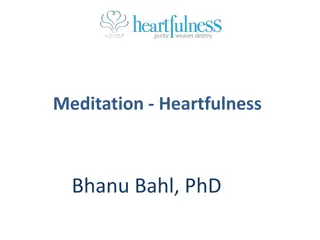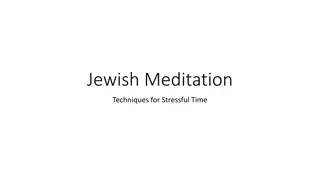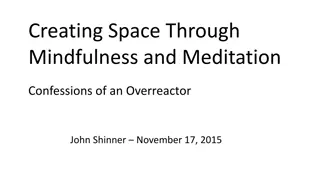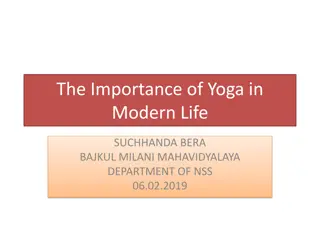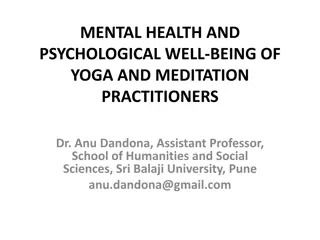Enhancing Classroom Focus and Well-being Through Meditation
Explore the benefits of incorporating meditation into the classroom environment. Discover various meditation techniques, such as mindfulness and guided meditation, and how they can reduce stress, improve emotional health, and enhance students' overall well-being. Learn how to implement pre-meditation preparations and create a relaxing atmosphere during meditation sessions. Encourage relaxation, vocabulary retention, and mindfulness practices to boost student engagement and focus.
Download Presentation

Please find below an Image/Link to download the presentation.
The content on the website is provided AS IS for your information and personal use only. It may not be sold, licensed, or shared on other websites without obtaining consent from the author.If you encounter any issues during the download, it is possible that the publisher has removed the file from their server.
You are allowed to download the files provided on this website for personal or commercial use, subject to the condition that they are used lawfully. All files are the property of their respective owners.
The content on the website is provided AS IS for your information and personal use only. It may not be sold, licensed, or shared on other websites without obtaining consent from the author.
E N D
Presentation Transcript
Meditation/Relaxation in the classroom By: Ru ica Babi
Meditation What? Why? When? How?
Meditation and breath Meditation is the habitual process of training your mind to focus and redirect your thoughts in order to achieve a calm and stable state. Breathing exercises can help you relax, because they make your body feel like it does when you are already relaxed. Deep breathing is one of the best ways to lower stress in the body.
Meditation mindfulness meditation guided meditation (visualisation meditation) progressive (body scan) meditation + metta (loving-kindness meditation)
Benefits Reduces stress Controls anxiety Promotes emotional health (fights depression) Lengthens attention span Can generate kindness Improves sleep Can decrease blood pressure
Before meditation Set a goal: relaxation itself or target vocabulary? Language (depends on the age group and the goal) Pre-teach vocabulary Position/posture Breathing technique
During meditation Music (youtube: music for relaxation) Peaceful pictures Closed eyes (don t force it) Silence! Calm voice Jackets/blankets Essential oils (be careful!)
Mindfulness Short (2-3 minutes) Focus Stress relief Breath Focus on the senses (hear, smell, feel) Keep it short
After meditation Evaluation Conversation Energisers
Guided meditation (visualisation meditation) Story telling time! More time consuming Encourages using their imagination More vocabulary needed
Guided meditation (visualisation meditation) Breathing Story telling time!
Guided meditation (visualisation meditation) Magical cloud Magical forest walk A trip on a spaceship Bird/dragon/pegasus trip Walk thorugh the forest (waterfall) Magical cave (animal world) Going into the sea
After meditation Evaluation Drawings Conversation Energisers
Progressive (body scan) meditation + metta (loving-kindness meditation) 5-10 min Great for further individual use Target vocabulary (body parts) Helps if you have trouble falling asleep
After meditation Evaluation Energisers
Troubleshooting Habitual use If some students don t want to particiapate - don t force it/ask them why Give them time Give yourself time (use your imagination)
References The magic of relaxation , Patrice Thomas, Pademelon Press, 2002 Po imo u zemlju ma te , Sabine Seyffert, Harfa d.o.o., 2008 Di i kao medo , Kira Willey, Harfa, 2020 Michigan Medicine - Breathing exercises: https://www.healthline.com/health/breathing- exercises-for-anxiety
Thank you for your attention and good luck! rbubanj@gmail.com
